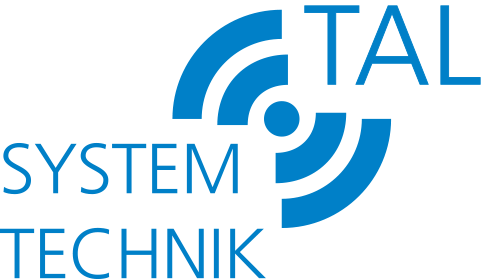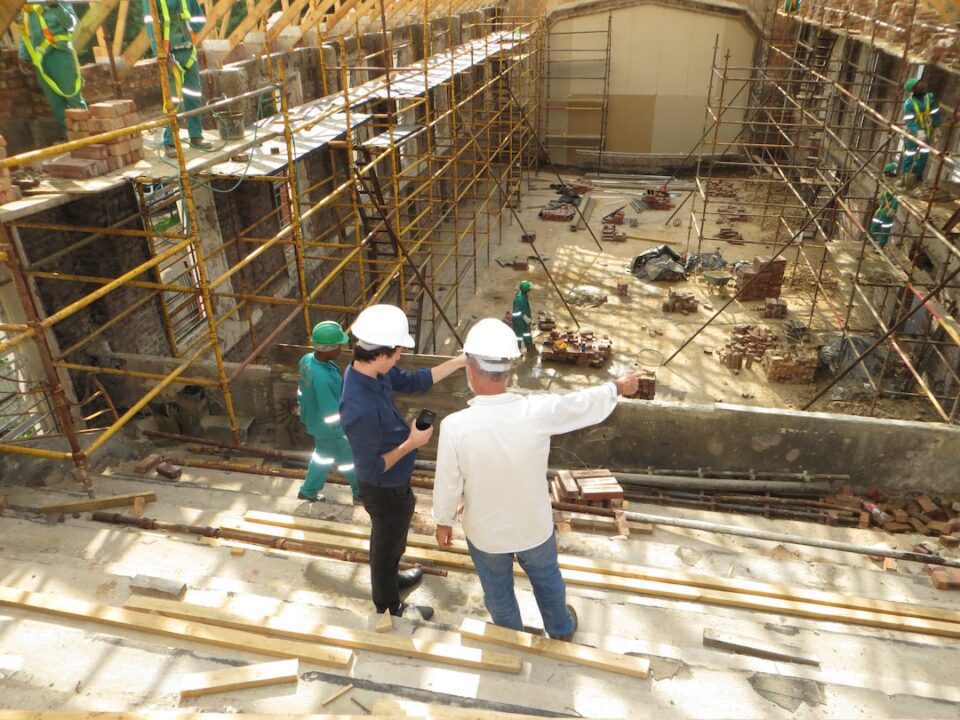Lighting plays a crucial role in our daily lives, both indoors and outdoors. However, few people consider the impact of indoor lighting on energy efficiency. With rising concerns about the environment and the need to conserve energy, it is essential to understand how our choice of indoor lighting affects energy consumption. Additionally, using energy-efficient lighting can contribute to reducing greenhouse gas emissions and ultimately combat climate change.
When it comes to indoor lighting, one of the key factors that affects energy efficiency is the type of light bulbs used. Traditional incandescent bulbs are notorious for being energy guzzlers, converting a significant portion of the electricity they consume into heat rather than light. In contrast, energy-efficient LED bulbs have made significant advancements in recent years, providing better lighting while consuming less energy.
Switching to LED lighting can have a substantial impact on energy efficiency. LED bulbs require significantly less energy to produce the same amount of light as incandescent bulbs. By replacing traditional bulbs with LED bulbs, households and businesses can considerably reduce their energy consumption, leading to lower electricity bills and a reduced carbon footprint. Additionally, LED bulbs have a much longer lifespan, meaning they need to be replaced less frequently, further saving energy and reducing waste.
Another factor influencing energy efficiency is the use of natural light. By maximizing the utilization of natural light during daylight hours, households and businesses can reduce their dependence on artificial lighting. Installing windows, skylights, and light tubes in a way that allows natural light to penetrate can significantly decrease the need for artificial lighting, especially during daytime hours. This not only saves energy but also positively impacts the overall well-being of occupants by providing a connection to the outdoors and exposure to natural light.
Controlling lighting levels is another important aspect of energy efficiency. By implementing dimmers, motion sensors, and timers, users can ensure that lights are only on when needed. This avoids unnecessary energy consumption by automatically turning off lights in unoccupied areas or when there is sufficient natural light available. Additionally, integrating lighting systems with smart technology can allow users to remotely control and monitor their lighting, further optimizing energy usage.
Considering the impact of lighting systems on energy efficiency is not only crucial for residential settings but also for various commercial establishments like offices, schools, and hospitals. These organizations often have large lighting requirements and, therefore, present a significant opportunity for energy savings. By switching to energy-efficient lighting and implementing smart controls, these establishments can reduce their energy consumption, operating costs, and environmental impact.
In conclusion, the choice of indoor lighting has a substantial impact on energy efficiency. Opting for energy-efficient LED bulbs, maximizing the use of natural light, and implementing smart controls are effective strategies to reduce energy consumption. By making small changes in our lighting systems, we can contribute to energy conservation, lower electricity bills, and ultimately create a more sustainable future. So, let us embrace these energy-efficient lighting options like “hitzebeständige Abgasschläuche” to save energy and protect the environment.
************
Want to get more details?
TAL Systemtechnik GmbH
https://www.tal-systemtechnik.de/
+49 7731 68405
Byk-Gulden-Straße 36, 78224 Singen
TAL Systemtechnik GmbH – Wir produzieren und liefern Ihnen konfektionierte Dämmstoffe nach Maß, Akustische Dämmung zur Schallisolierung, den TL flexibler Abgasschlauch hitzebeständig und diverse Schallschutzvorhänge für die Industrie.

